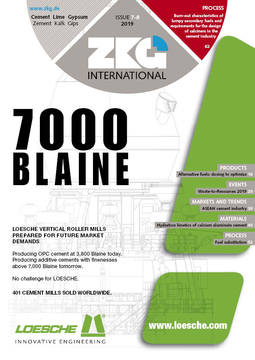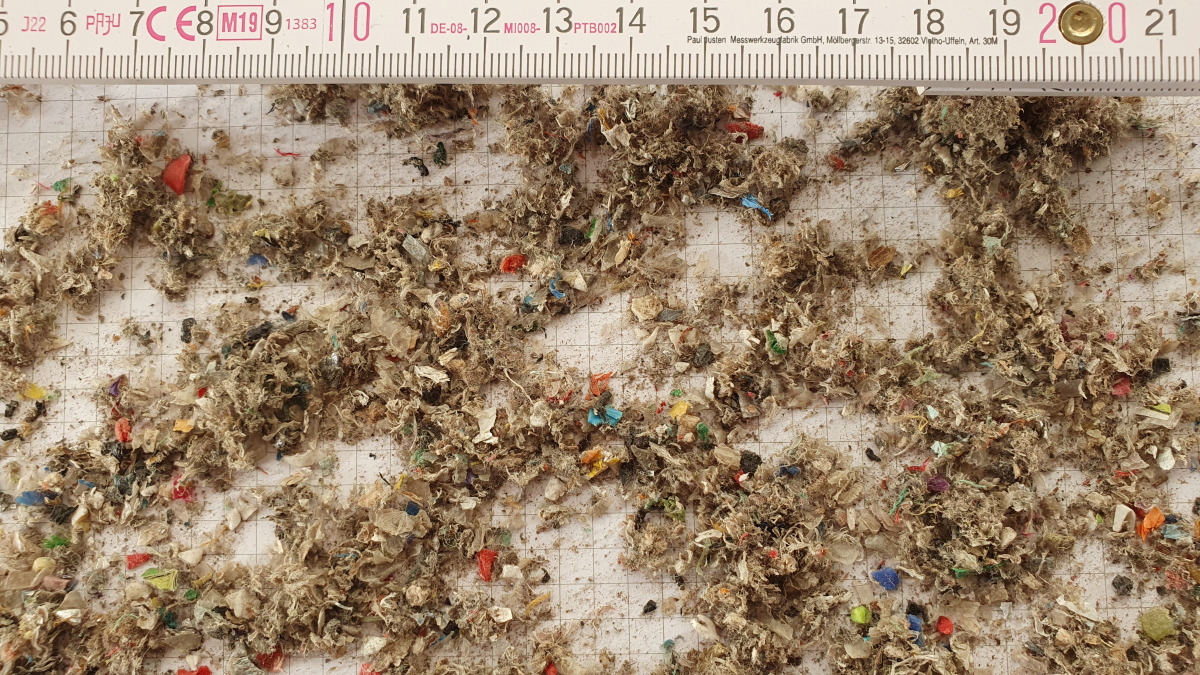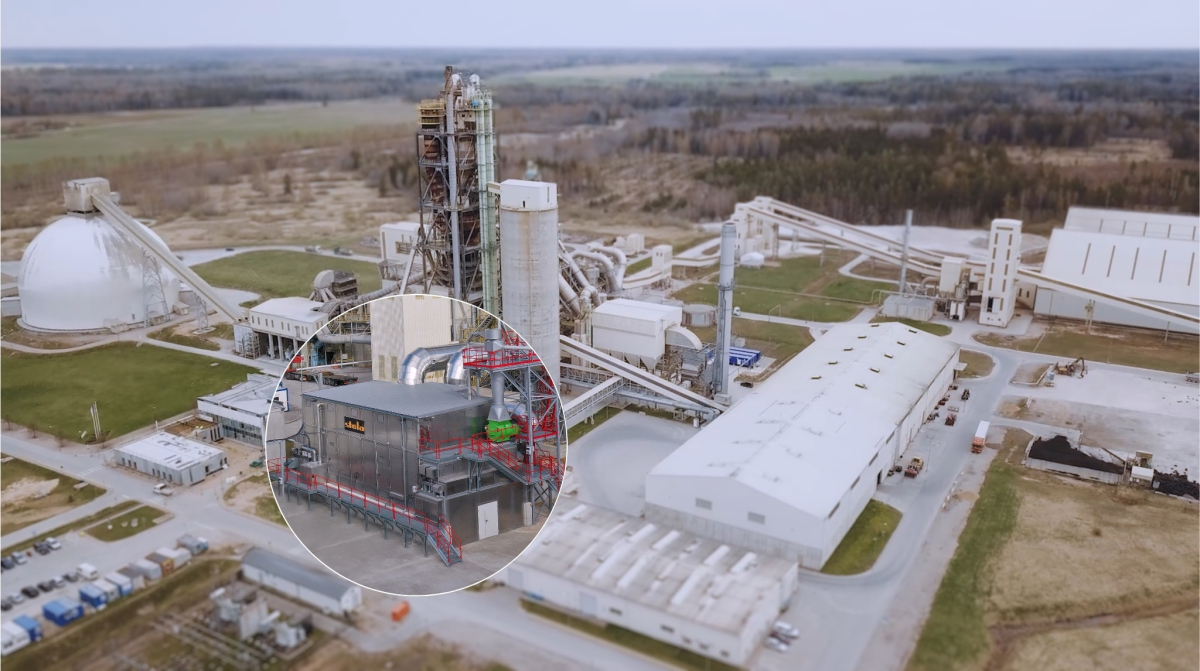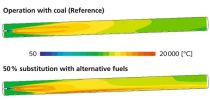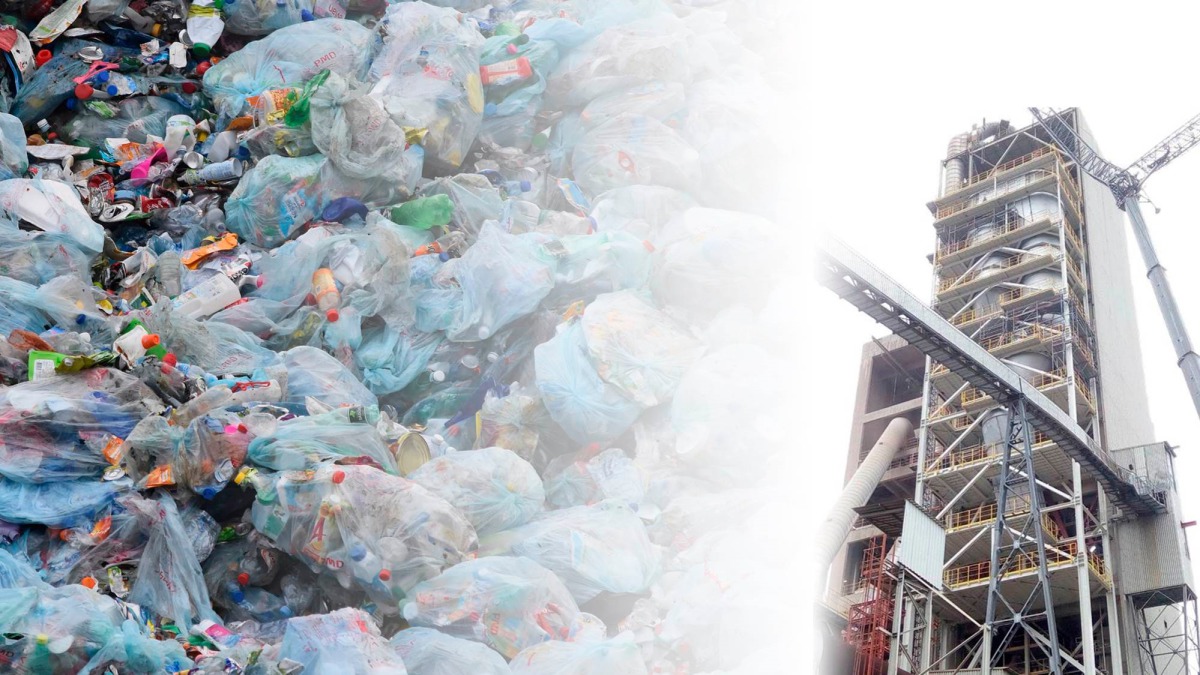Key topic: Alternative fuels
The topic of CO2 reduction is ever-present and one of the most pressing issues in our industries, cement, lime and gypsum production, too. One possibility for CO2 reduction in the cement industry is the use of alternative fuels. In our current issue, we inform you all about alternative fuels.
During EU Green Week (page 8), Cembureau CEO Koen Coppenholle explained that there is still a great deal of unexploited potential when it comes to the use of alternative fuels in Europe: “Currently, the European cement industry sources an average of 44 % of its fuel from alternative sources,” he said. “However, there is no technological limitation for the cement sector to reach 60 % co-processing rate in 2030 and it could process 15.7 Mt of waste. We believe that the EU and member states can help bring this about by introducing legislation to promote co-processing and recognizing its place in a revised waste hierarchy within national waste framework laws.” The volume of alternative fuel used by the European cement industry has increased ten times from 1.1 Mt to 1.3 Mt since 1990, which has resulted in fewer CO2 emissions, less virgin fossil fuel use and diverted waste away from landfills.
HeidelbergCement’s CO2 reduction strategy for example (see page 8) includes improving energy efficiency, and a steadily increasing use of alternative fuels and alternative raw materials. Many other cement manufacturers have also set themselves ambitious targets.
At the 8th International Symposium “Waste-to-Resources 2019” in Hanover/Germany around 200 participants from 32 countries presented their latest developments and experiences in worldwide waste management. We provide a summary starting on page 20.
In two plant reports, we profile the use of scrap tyres in a cement plant, their sorting, separation and feed to the rotary kiln (from page 24), as well as the use of a shredder for one-step alternative fuel production in Mexico (from page 28). A report from South Africa describes innovative solutions for managing waste with high energy content (from page 46). From page 52, we inform you about “polysius fuel substitution” – a one-stop solution for alternative fuel rates up to 100 %.
The article starting on page 56 presents a new, camera-based measurement system that allows online extraction of parameters concerning the flight and, hence, combustion behaviour of fuel. With this information, the combustion process can be analyzed and optimized.
Last but not least: A productive procedure for characterizing the pneumatic and combustion behaviour of lumpy secondary fuels is described from page 62. This can be used for calculating realistic flow and combustion processes.
From 23.09.-25.09.2019, the 6th Alternative Fuels Symposium will take place in Duisburg/Germany. Delegates from the worldwide cement and lime industries will have the opportunity to discuss the current state of technology with delegates from the international waste management industry. We shall report on it in one of our next issues.
Yours
Anett Fischer
Editor-in-Chief


